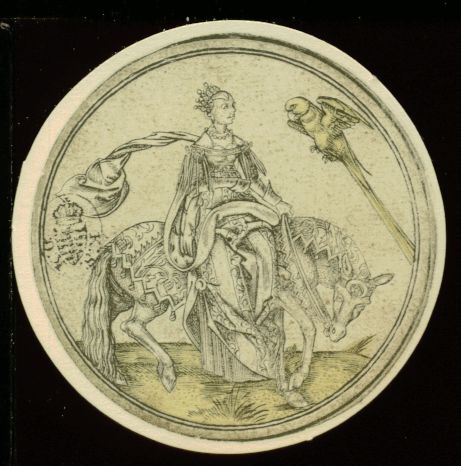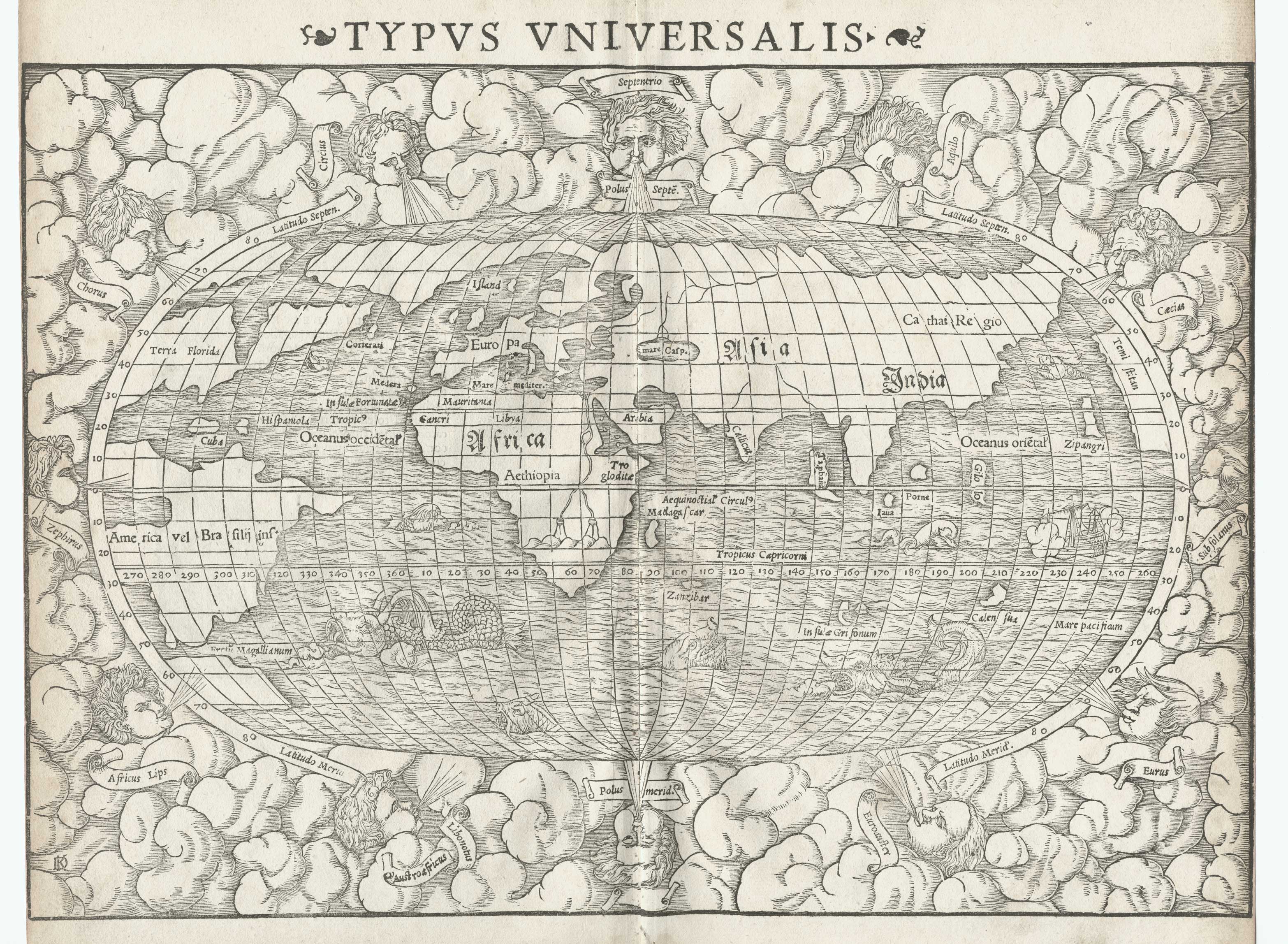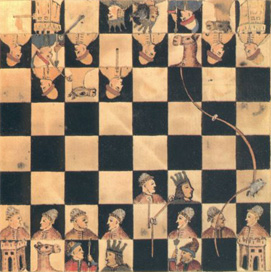... but this evolved as side path point to Ross' statement:
"The four Moors didn't come into the Bolognese decks until 1725."
viewtopic.php?f=11&t=420&start=9
and my reply:
The moorish factor - Moors on playing cards:Independent of the Dummett/McLeod observation of 1725 one can state, that in 1507 three "strange accidents" run together.
1. Four moors
2. a 19-person demonstration of a Florentian Caritas figure inside carnival, which has No. 19 in Minchiate
3. An event very near to the "objective relevant" political change in Bologna 1506
Three "strange accidents" at one spot are a little much ... at least one should ask for possibilities, that might explain this condition as a "normal action". For instance the possibility exists, that the activity of 1725 (changing papi to moors) might have been a reminiscence to something, which already happened earlier ... perhaps already in 1507 papi might have been changed to moors for a short time, so that Bolognese card maker turned "not recorded" back to the earlier solution in 1725




4 Moors in the Master PW deck.
In the research of Master PW's background it has developed, that he probably worked for Emperor Maximilian between 1495-1500 and especially worked for Empress Bianca Maria Sforza, cause as it seems that he lost his occupation, when Maximilian shortened the money for the Empress and sent a lot of the Empress' court entourage back home.
So the 5x14-deck of Master PW has as background the knowledge of Bianca Maria Sforza about playing cards ... which she, a very special fan of playing cards, probably developed at the court of Milan.













